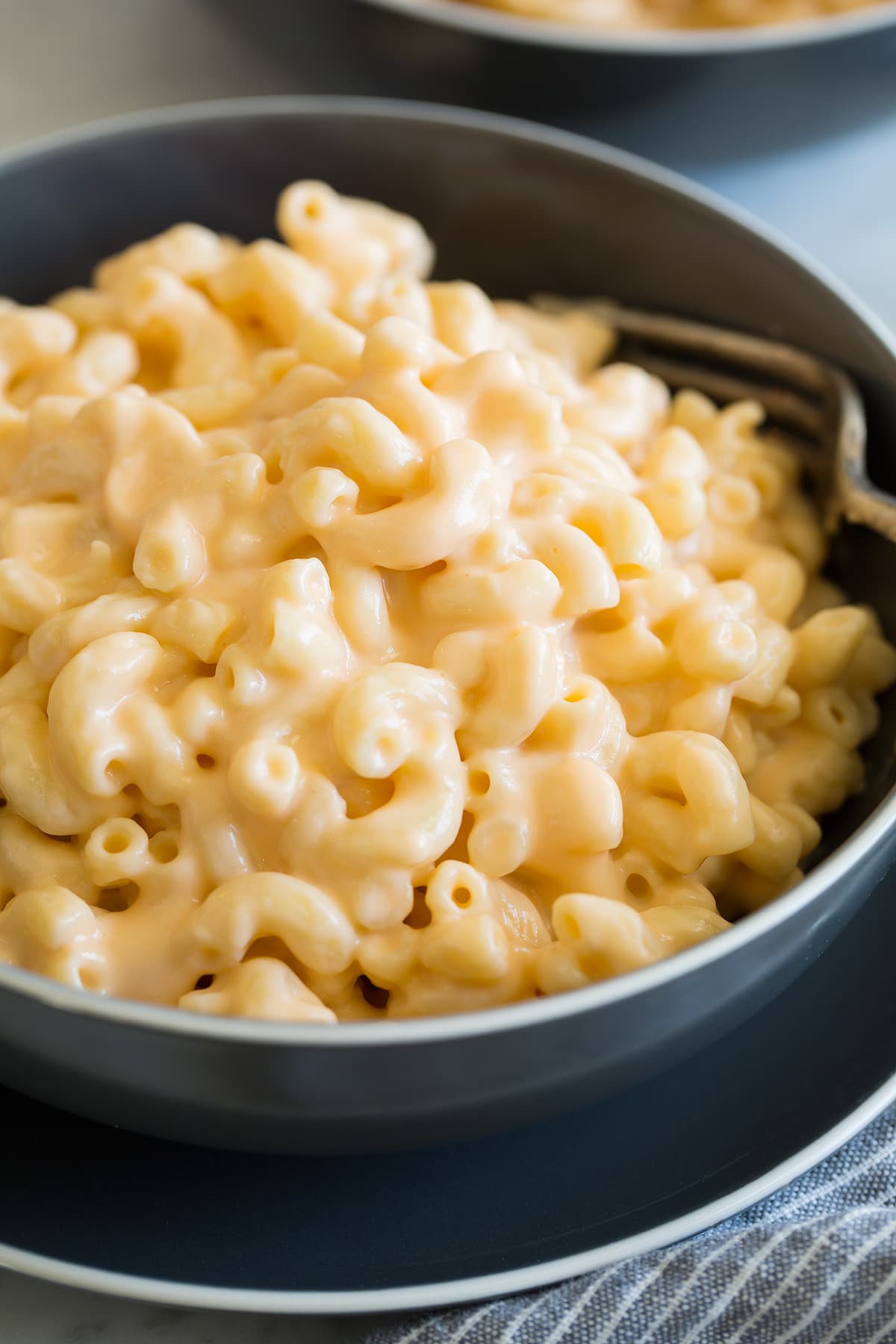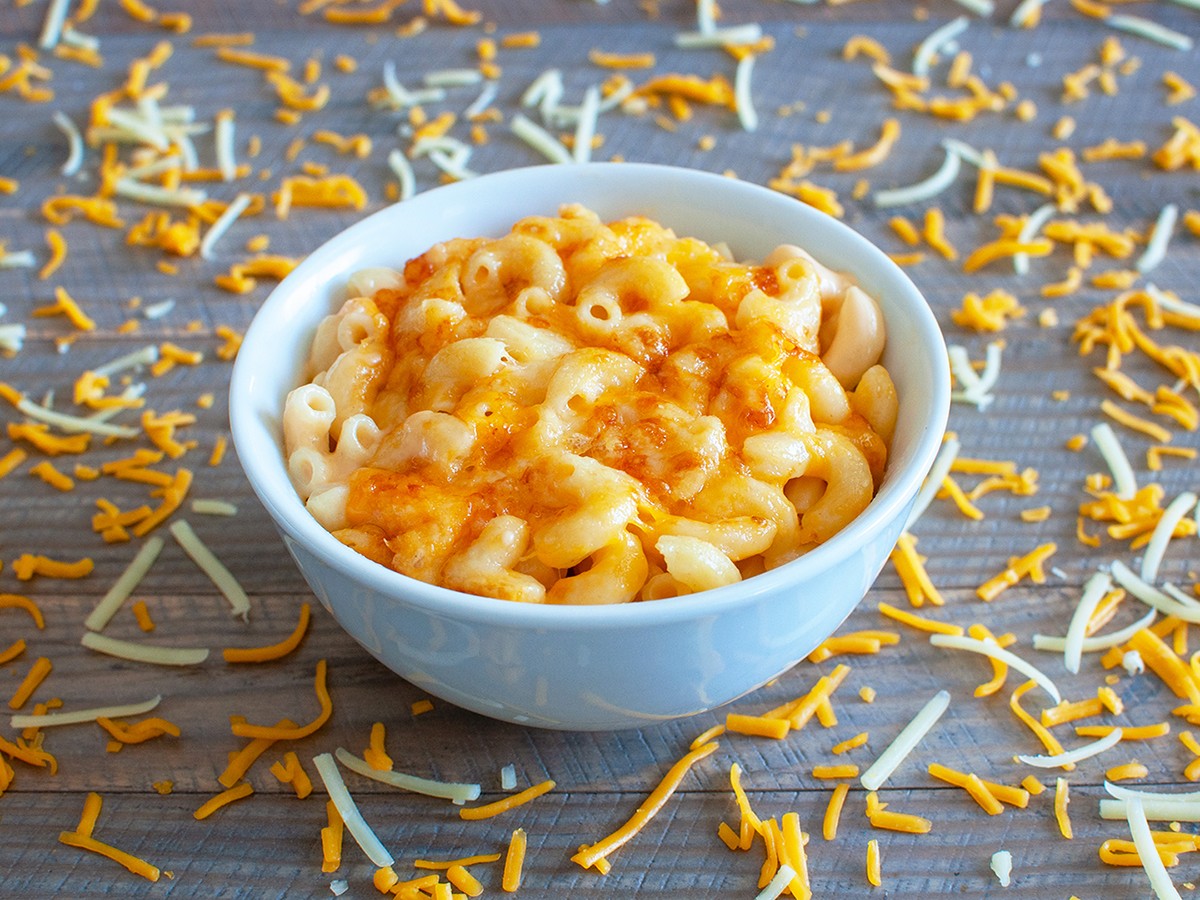
This particular cheese tends to be matured for at least 3 months but can come in variations of maturity with a minimum of 9, 12, or even 15 months. Jarlsberg comes in a yellow wax rind and tends to have a semi-firm outer layer. It is quite buttery in texture and has become a firm favorite for many Americans. It also closely resembles Emmental, but has a sweeter and stronger flavor than its Switzerland counterpart. It features the same mild nutty flavor as Gruyère, with a hint of sweetness. This particular tempting treat is a semi-soft cheese made from cow’s milk that comes with a mild taste. This particular cheese originates from Jarlsberg in Norway and was created by Anders Larsen Bakke in the 1800s. Jarlsberg is another traditional Swiss cheese that features the classic holes caused during the production process. It can cost anywhere between $14 to $18 per pound, which is a lot of money if you only want to grab a bit of Gruyère for a single recipe.įortunately for you, we’ve got 5 great substitutes for Gruyère cheese so that you can cook away to your heart’s content! However, despite how great a cheese Gruyère is it can be quite expensive to buy right here in the US.

It’s a very versatile cheese that can be used as a table cheese, or in a fondue thanks to its great melting properties. Gruyère cheese is cured for roughly 6 months or longer. However, Gruyère has smaller holes than other cheeses such as Jarlsberg. These little holes are formed by gas bubbles which are released by bacteria used in cheese production. The cheese is characterized by the small holes which are often associated with Swiss cheese. Gruyère has a slightly nutty taste and is rich and creamy. The cheese itself is a firm cheese that’s pale yellow in color. Gruyère is a traditional Swiss cheese that was originally made in the town of Gruyères in Switzerland - hence where it gets its name from! So if your chosen recipe calls for Gruyère as one of the ingredients, what are some common substitutions that you can use instead? What is Gruyère cheese?įirstly we need to know more about what Gruyère cheese is and its unique properties before we can find an appropriate alternative. Cheese can be anything from soft, such as brie and camembert, to the harder variety such as Gruyère or even parmesan.īut sometimes you might not have the exact ingredients you need for a recipe - especially if it’s been a while since you last went to buy food. The types of cheese you can get also vary in hardness. In fact, cheese can be made from pretty much any milk - even camel, reindeer, or yak milk! This versatility makes for a wide array of cheeses that can be used in various recipes. Makes 6 (1 2/3-cup) servings.Per serving: 849 calories, 46 g protein, 71 g carbohydrate, 42 g total fat (23 g sat.Most cheeses are traditionally made from cow’s milk, however, you can get cheese made from sheep, goat, and buffalo milk. peeled and deveined, small fresh shrimp into pasta mixture.
/__opt__aboutcom__coeus__resources__content_migration__serious_eats__seriouseats.com__images__2015__10__20151006-stovetop-mac-and-cheese-food-lab-kenji-beauty--2e3e356179d742f8a2871d1d81d2d757.jpg)
each shredded sharp cheddar and torn American cheeses, and 2 tsp.

sliced, cooked andouille sausage to skillet cook and stir over medium heat until browned. Add 1/2 cup each chopped red bell pepper, green bell pepper, and celery cook and stir 5 minutes or until softened. Prepare as directed, except use dried rigatoni or ziti for the pasta, omit salt in the White Sauce, and omit Parmesan cheese in the cheese sauce and in the crumb topper. Cajun Shrimp and Sausage Macaroni and Cheese


 0 kommentar(er)
0 kommentar(er)
